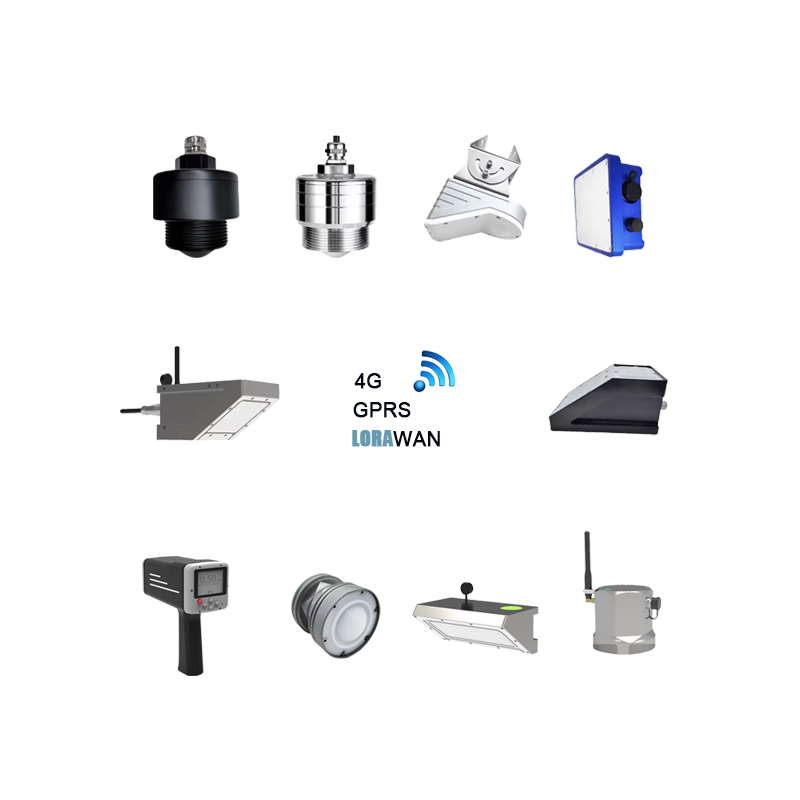As we progress into the spring of 2025, the need for hydrological monitoring is gaining significant traction globally. Various countries are increasingly focusing on water resource management, flood prevention, and environmental conservation. This heightened demand for hydrological monitoring often translates to a greater requirement for radar flow velocity meters, which are essential for accurately measuring water flow rates and levels in various environments.
Countries Experiencing High Demand for Hydrological Monitoring
-
United States: With a mix of seasonal flooding and drought conditions in different regions, the U.S. is prioritizing water resource management. Radar flow velocity meters are crucial for monitoring river and stream flows to prevent flooding and conserve water during dry spells.
-
India: As monsoon season approaches, India faces challenges related to water management. The demand for hydrological monitoring tools is high to manage irrigation systems, monitor river flows, and predict flooding in vulnerable areas.
-
Brazil: The increasing frequency of extreme weather events, such as floods and droughts, has led Brazil to enhance its water resource monitoring capabilities. Radar sensors play a critical role in managing watersheds and monitoring river health.
-
Australia: Given its susceptibility to droughts and flooding, Australia places significant importance on hydrological monitoring. The use of radar flow velocity meters in rivers and storage reservoirs helps in managing water supply and mitigating flood risks.
-
Germany: With a strong focus on environmental protection and sustainable water management practices, Germany is investing in hydrological monitoring to assess water quality and flow in its rivers and lakes.
Applications of Radar Flow Velocity Meters
Radar flow velocity meters are utilized in a variety of scenarios, including but not limited to:
-
Flood Monitoring and Management: In flood-prone regions, these sensors provide real-time data on river levels and flow rates, enabling authorities to implement timely flood control measures.
-
Irrigation Management: In agricultural settings, radar meters help monitor the flow of water in irrigation systems, ensuring optimal water usage for crop production.
-
Environmental Assessment: Researchers and environmental agencies employ radar sensors to study the hydrology of rivers and wetlands, assessing the impacts of climate change and human activities on water resources.
-
Water Quality Monitoring: By integrating flow velocity data with water quality measurements, agencies can better understand the health of aquatic ecosystems and address pollution sources accordingly.
Key Monitoring Aspects
When utilizing radar flow velocity meters, it is essential to focus on the following monitoring aspects:
-
Flow Rate: Continuous monitoring of flow rates helps in making informed decisions about water management and flood prevention.
-
Water Levels: Tracking water levels in rivers and reservoirs is crucial for flood forecasting and management.
-
Data Accuracy and Reliability: The integrity of data collected by radar sensors directly impacts decision-making and regulatory compliance, making it important to use high-quality equipment.
For those interested in advanced radar sensor technology, Honde Technology Co., LTD provides a range of solutions designed for effective hydrological monitoring.
For more radar sensor information, please contact Honde Technology Co., LTD.

Email: info@hondetech.com
Company website: www.hondetechco.com
Tel: +86-15210548582
As we move through this season, the importance of hydrological monitoring becomes increasingly evident, particularly in regions facing water-related challenges. The integration of radar flow velocity meters is vital to supporting effective water management practices and safeguarding our water resources.
Post time: Apr-30-2025

